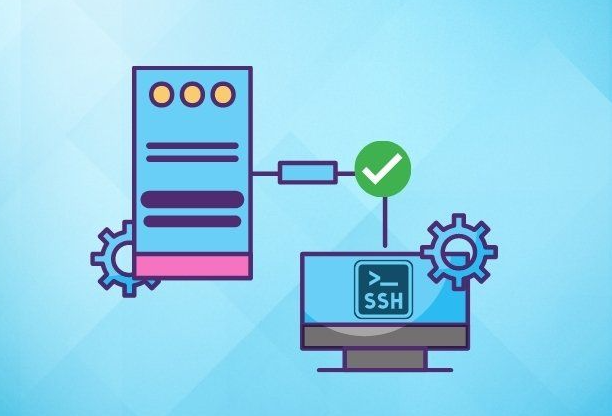在Linux系统上,开放端口通常是通过配置防火墙(firewall)来完成的。不同的Linux发行版可能使用不同的防火墙工具,以下是几个常见的Linux防火墙工具:

一、iptables:
CentOS/RHEL:
安装iptables(如果未安装):sudo yum install iptables-services
启动iptables服务:sudo systemctl start iptables
开放端口,例如开放80端口:sudo iptables -A INPUT -p tcp --dport 80 -j ACCEPT
保存配置:sudo service iptables save 或 sudo systemctl enable iptables
二、firewalld:
CentOS/RHEL 7及更新版本:
启动firewalld服务:sudo systemctl start firewalld
开放端口,例如开放80端口:sudo firewall-cmd --add-port=80/tcp --permanent
重新加载firewalld配置:sudo firewall-cmd --reload
三、ufw(Uncomplicated Firewall):
Ubuntu/Debian:
安装ufw(如果未安装):sudo apt-get install ufw
启用ufw:sudo ufw enable
开放端口,例如开放80端口:sudo ufw allow 80
注意事项:
1、上述命令中的端口号(例如80)是示例,你应该替换为你实际需要开放的端口号。
2、在配置防火墙时,确保不要过度放宽规则,只允许必要的流量通过。
3、使用sudo systemctl status firewalld、sudo systemctl status iptables等命令来检查防火墙的状态,确保服务正在运行。
以上只是一些基本的操作,具体操作可能会因你的系统和需求而有所不同。如果你使用的是云服务提供商的服务器,还可能需要在云平台的控制面板上设置相应的网络安全组规则。
